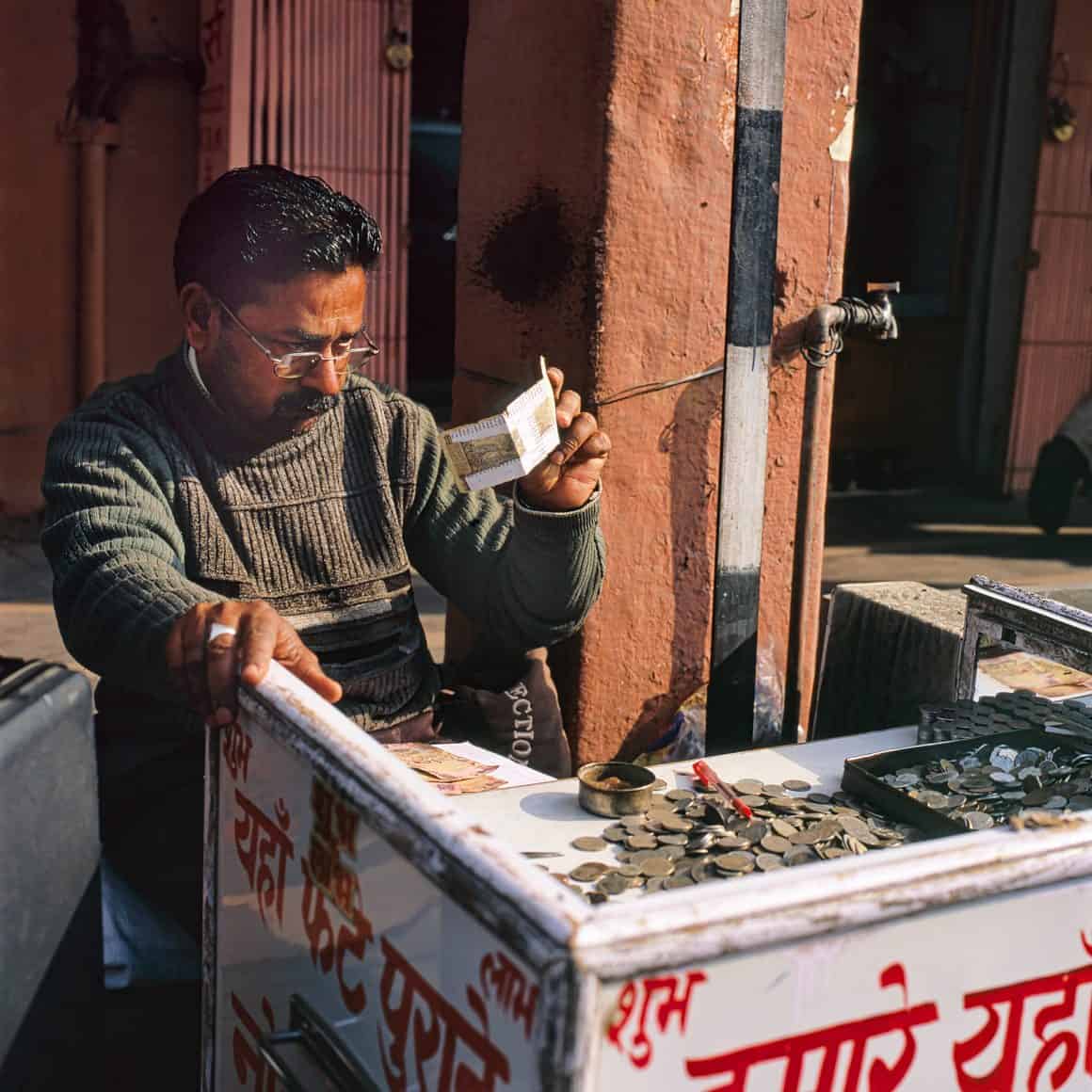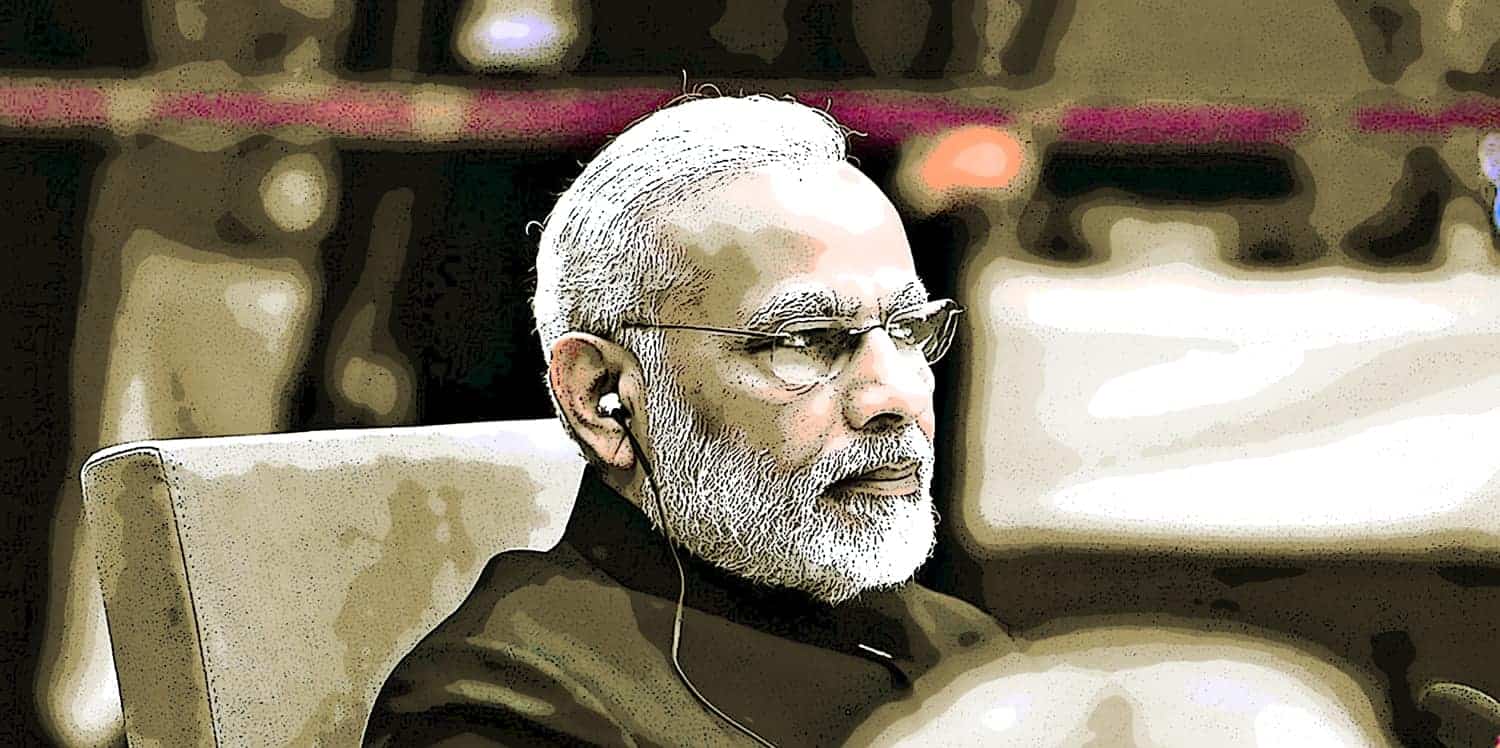It’s hard to think of an economy with more to gain from dropping its inhibitions and embracing cryptocurrencies than Asia’s third-largest.
India is the site of one of today’s liveliest — and most perplexing — debates on digital mediums of exchange. One moment, the Reserve Bank of India is banning commercial lenders from dealing with such assets. The next, the Supreme Court swoops in to save the day — and the market for blockchain-related enterprises. Now, Prime Minister Narendra Modi’s Finance Ministry is mulling laws to protect the primacy of paper money.
The real story is how change-averse politicians are, tying one limb behind India’s back as a real crypto arms race unfolds in the world’s most dynamic economic region. Here are five reasons why India needs a crypto revolution, and now.
China, China, China
As India tries to stop the clock on financial innovation, the hands are turning faster than ever in Beijing, Shanghai and Hangzhou. And in ways that are compelling even the Silicon Valley to look frantically over its shoulder. China’s big advances in global payments are leaving Group of Seven members like Japan in the dust, never mind cash-centric India.
True, Chinese President Xi Jinping has his own love-hate relationship with the blockchain universe. Donald Trump, too. One of the juiciest tidbits from John Bolton’s book The Room Where It Happened is the former U.S. national security advisor’s take on President Trump’s resistance to bitcoin. Trump, in Bolton’s telling, told the U.S. Treasury Department to “go after bitcoin” amid fraud concerns.
Chalk India’s reluctance to fear of losing control over its vast financial system. In its quest to protect New Delhi’s power and fiefdoms though, Modi risks keeping India out of game-altering playing fields everywhere. Ashish Singhal, chief executive of exchange CoinSwitch.co, thinks India “has the potential of becoming one of the largest crypto markets.” Why cede all those potential jobs and all that wealth creation to China?
Binance Holdings, the biggest cryptocurrency exchange in the world by trading volume, is even joining the Internet and Mobile Association of India crypto lobby. CEO Changpeng Zhao has publicly said he is keen to have Binance “contribute our part in shaping the Indian blockchain industry for sustainable growth and development.” What say you, New Delhi?

The remittances quandary
The coronavirus pandemic has been a reckoning all its own for one of India’s biggest industries: shipping labor abroad. As Covid-19 devastates economies everywhere, Bangladesh, Indonesia and the Philippines are seeing historic drops in cash that workers send home. This money is crucial to consumption and filling government coffers.
India’s addiction to remittances is particularly acute. In 2019, Indians wired $83 billion home at an estimated average cost of 6%. As jobs in Dubai, London and Singapore grow scarce, the US$12 fee for remitting $200 matters more than ever to families struggling to pay for food, shelter and health care.
Distributed-ledger technology would greatly increase the efficiency of these inflows and vastly cut costs. Adoption would cut myriad middlemen and women out of the transaction. India’s labyrinthine system often persists to serve only itself. Nothing would upset this antiquated apple cart faster than cryptography.
Ripple has even stepped forward with a report proposing a new legal framework for digital assets in India. The way forward, argues Sagar Sarbhai, Ripple’s top regulatory official in Asia and the report’s co-author, is creating an infrastructure that is “technology-agnostic, principles-based, and risk-adjusted, in order to provide clear regulatory guidance that can manage and mitigate any associated risks.” Let’s hope the RBI gets on this challenge soon.
See related article: Ripple proposes framework for India to regulate crypto assets
Taking on corruption
This middlemen bureaucracy model, or “License Raj,” is a central pillar of India Inc. For all of Modi’s big talk of structural reform, his team has done little to get under the hood of a long-neglected economic system.
On the surface, India’s battle against graft is getting traction. New Delhi ranks 80th in Transparency International’s corruption perceptions index, the same as China. That compares to 90th place in 2010. But Modi was first elected in 2014 to unleash a good-governance Big Bang on a murky political and business culture. And the coronavirus has produced all too many examples of government resources and donations vulnerable to graft and extreme profiteering on Covid test kits.
One of India’s main challenges is with “black money,” the estimated $1 trillion-plus of cash evading the tax system. Blockchain technology, regulated by India’s government and the central bank, could make it easier to track and harness that capital. It would become harder to navigate around the banking system and regulators. Money-laundering and terror-financing would be easier to detect. The most transparent and trusted exchanges would drive out bad ones.

Central bank policy
Since the 2008 global crisis, central banks from Washington to Frankfurt Tokyo embraced quantitative easing in a big way. After 12 years of sub-zero interest rates, monetary policies have lost potency. Now, as coronavirus fallout decimates global growth, central banks are pushing even more aggressively into the unknown.
Blockchain technology could help Indian policymakers and peers elsewhere gain greater traction. The trouble with fiat money is that it’s subject to consumer and business psychology. When central banks drive rates to, or below zero, many customers withdraw cash and literally stuff it under mattresses. By sharply reducing the supply of notes and coins and replacing them with digital money, monetary authorities can manipulate the amount of cash in circulation with greater force and results.
Securing digital payments is even more important, of course. The fiasco at German payment-processing firm Wirecard AG, which can’t find over $2 billion missing from its balance sheet, is a cautionary tale about getting the regulatory toolbox right. Even so, central banks in London, Washington, Beijing and elsewhere are eyeing new solutions to a very old problem. India could put itself at the vanguard of experimentation.
Dollar’s days are numbered
For years now, officials from Beijing to Moscow to the Organization of the Petroleum Exporting Countries (OPEC) have been keen to find an alternative to the U.S. currency. The U.S.-China trade war and Trump’s provocations are intensifying the search. Certainly, U.S. government debt surging past $24 trillion doesn’t instill great confidence.
Beijing recently began piloting a People’s Bank of China-issued digital yuan. Should tensions with Washington go further awry, President Xi Jinping wants to be ready with a Chinese alternative to the dollar-centric Western financial system. Xi is hoping China’s new e-RMB could become an Asia-wide digital currency to head off Facebook’s own ambitions.
At some point, Mark Zuckerberg’s “Libra” will come online. That specter has central banks around Asia — including the Bank of Japan and Monetary Authority of Singapore — working up their digital payment systems. India wants to be part of this conversation. Experts also argue India could be an Asian leader in the DeFi, or decentralized finance, space with some leadership from Modi’s government.
Since 2014, the prime minister has talked a great game of structural reform, but delivered only modest tweaks. Few revolutions have greater potency to raise India’s global footprint and generate more inclusive growth than crypto. A leading position in Asia is New Delhi’s for the taking.




